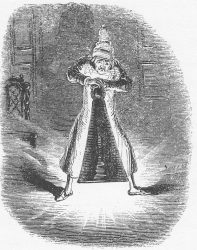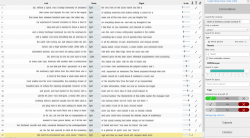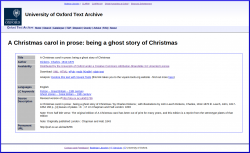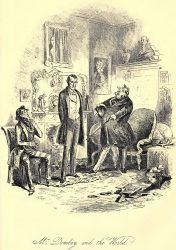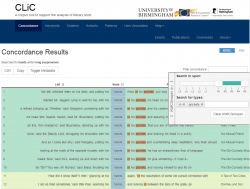Kat Howard (@SaysMiss on Twitter) is an English teacher at Brockington College, an 11-16 Secondary School in South Leicestershire. Previously undertaking roles such as Literacy Coordinator and overseeing KS3 Curriculum Planning and Assessment, Kat provided T&L training through the National College of Teaching and Leadership and has written resourcing content for a range of providers … Continue reading “What’s in a Word: Exam-ready with CLiC”
Tag: concordances
CLiC in the classroom
Lorraine Adriano has taught in secondary schools in England and Italy. She was curriculum leader for KS3 and Head of Department, developing schemes of work and assessments. Lorraine now teaches English language and English literature years 7-13 at Bishop Walsh Catholic Secondary School. She is an examiner for both English language and English literature at GSCE and is … Continue reading “CLiC in the classroom”
Is there light in the heart of darkness?
Lorenzo Mastropierro (@Lo_Mastropierro on Twitter) is a Teaching Associate in Literary Linguistics at the University of Nottingham. Lorenzo is the Assistant Editor for the International Journal of Corpus Linguistics. He has recently published his monograph Corpus Stylistics in Heart of Darkness and its Italian Translations. Now Heart of Darkness is also available in CLiC and … Continue reading “Is there light in the heart of darkness?”
Dickens and the History of Literary and Linguistic Computing – a (very) short retrospective
Martin Wynne (@MartinJWynne on Twitter) is a digital research specialist at the University of Oxford. Martin is based in the Bodleian Libraries, where he is responsible for the Oxford Text Archive, which also involves managing the distribution of the British National Corpus (BNC). From almost the very beginning of the digital era, people have used computers to help them to … Continue reading “Dickens and the History of Literary and Linguistic Computing – a (very) short retrospective”
CLiC and Dickens’s not-so-conspicuous techniques of characterisation: Reporting verbs
Pablo Ruano San Segundo (@pablo_uex on Twitter) is a Lecturer at the University of Extremadura, Spain. He is a member of the CLiC Dickens Advisory Board and is an expert on reporting verbs in Dickens’s novels. In this post Pablo shares how he uses CLiC in his research. The creation of Dickens’s most memorable characters … Continue reading “CLiC and Dickens’s not-so-conspicuous techniques of characterisation: Reporting verbs”
CLiC guest post on the ‘Programming Historian’ blog about the ‘fireplace pose’ in 19th century fiction
We are very pleased to announce a CLiC guest post on the PH blog, the blog accompanying the widely popular Programming Historian (PH) digital tutorials. In our guest post, we explain how the KWICGrouper feature in CLiC can be used to explore textual patterns that are shared across novels and point to socially and culturally relevant behaviours and … Continue reading “CLiC guest post on the ‘Programming Historian’ blog about the ‘fireplace pose’ in 19th century fiction”
Video: Introducing the CLiC KWICGrouper function to group concordance lines
In May 2017 the CLiC web app was updated with a new function in the ‘Concordance’ tab: the KWICGrouper. The concordance is a basic display format in corpus linguistics. It is also a powerful tool in revealing language patterns that are not visible in running text, or in Sinclair’s famous words: “The language looks rather … Continue reading “Video: Introducing the CLiC KWICGrouper function to group concordance lines”

